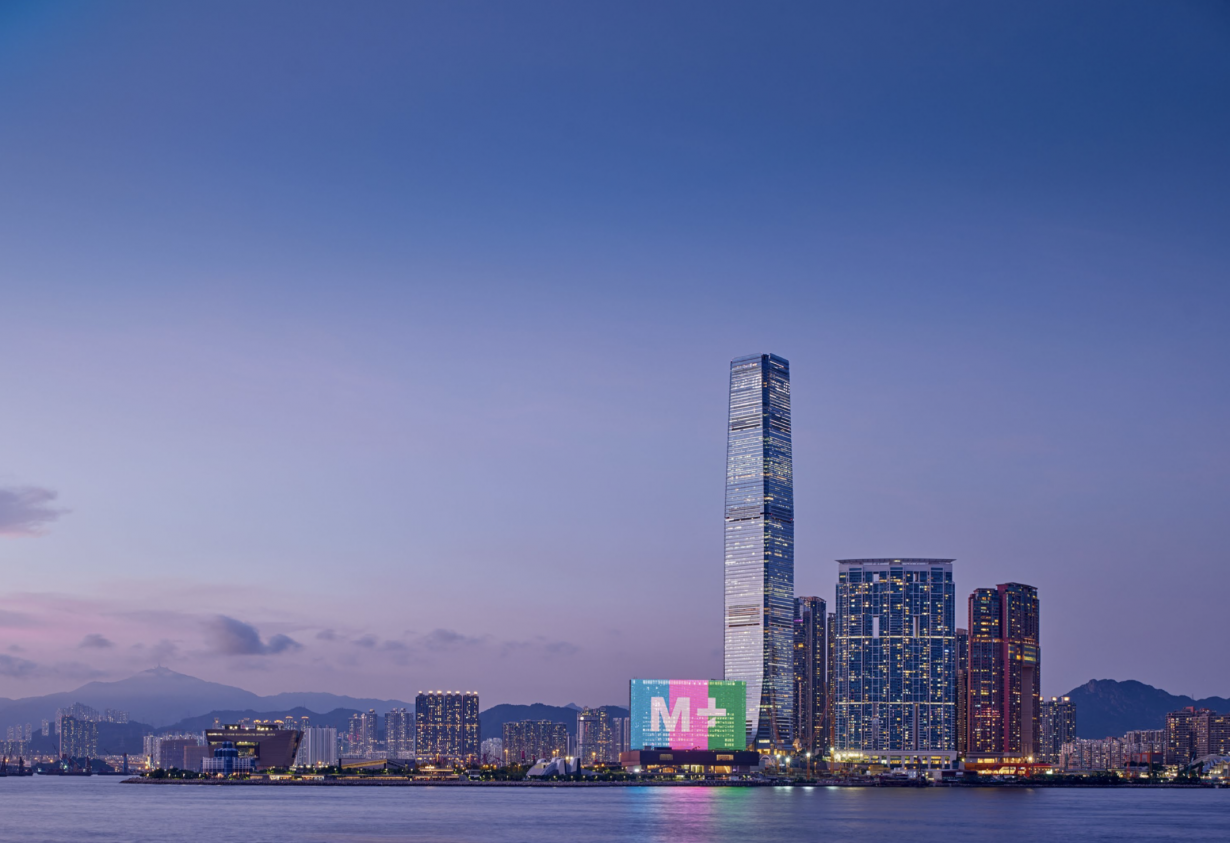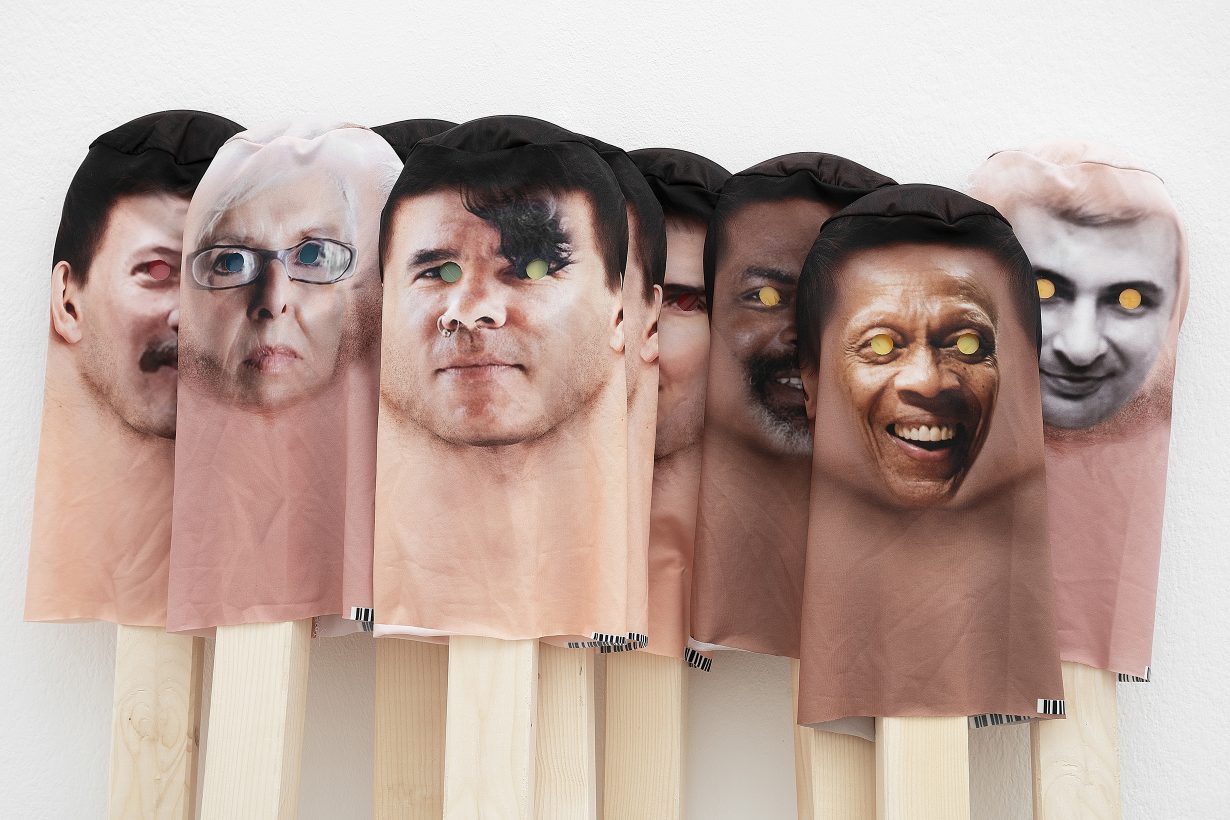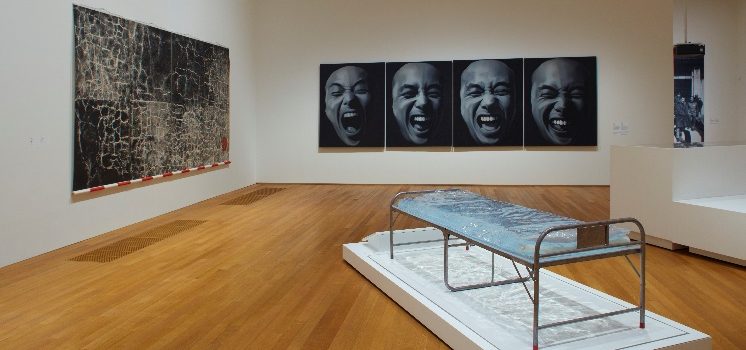Source: ArtReview.
What should contemporary art do for a society? And are there things that it should not do? What if obviously different paradigms of what art ought to do collide – such as that of open societies characterised (at least in theory) by artistic freedom – with the traditional Chinese one, or even with its authoritarian subvariant, or with that of the Global South?
Two battlegrounds have laid bare these differences over the past two years: the debates surrounding the opening of the M+ museum for visual culture in Hong Kong; and Documenta 15 in Kassel.
Already in the runup to the opening of M+ in November 2021 the question of what use-value contemporary art should be aligned with, and whose use-value that should be, flared up in a public discourse now dominated by the People’s Republic. Except for the small circle of those interested in contemporary art, the mainstream in the entire China-dominated cultural area views art through a lens shaped by its ancestral tradition: art is supposed to bring us into a sphere of beauty and harmony, towards the sublime, into an ideal world so as to allow us to escape from the mundane. In the mode of this traditional thinking, art is our good friend. Contemporary art in open societies, characterised by artistic freedom, is shaped according to a completely different paradigm. It is not our good friend, nor is it our therapist – if anything, it is our pain: it is mostly analytical, and critical; it often puts its finger in the wound; it does not show an ideal world, but rather reality, or what artists take that to be. These artists, too, may at times aspire to beauty and other aspects of formalism; these are certainly options, but just some among many others. This kind of contemporary art demands from a society curiosity and openness for the new; at times it might even demand that we leave our comfort zone in order to experience new perspectives or new spheres of thought. This perception of art does not happen overnight but over years; it requires access, exposure and an open and permanent debate about what is meaningful art and what is not; and where exactly social consensus, tolerance and criminal law should draw boundaries. It is this that then determines the degree of artistic freedom a society will tolerate.
In authoritarian societies, this debate cannot flow freely. The authoritarian subvariant of the traditional Chinese paradigm narrows down art’s function even further – quite in line with the guiding ideology. This is illustrated by a 2014 statement from China’s President Xi: ‘Works of art should be like sunshine and a spring breeze from a blue sky, inspiring minds, warming hearts, cultivating tastes and clearing away lethargic and decadent trends.’

It is evident from this, then, that the discussion has already taken place. This implicitly means that any potential for social dissent (in any domain, public or private) is to be shunned. But dissent is precisely what a liberated contemporary art, one that considers alternate perspectives or potentials, may point out or even provoke. In China only complete unity behind the party’s thinking can make it possible to achieve the great strategic goal – to be a world power that due to its distinctly different development model leaves the USA behind.
For Hong Kong, though, the current five-year plan of the PRC prescribes a special mission: to be the cultural bridge between the Mainland and the outside world. It is now up to Hong Kong’s institutions to test how much breathing space that may entail. More than two million people out of a population of 7.4 million have visited M+ in a little over a year – and for many of them this is a first encounter with art they at times perceive as provocative.
The other battleground in 2022 was Documenta 15, where every five years the hierarchy of the artworld is paid homage to or overwritten. For the first time, curating was placed in the hands of a collective of artists and curators from Indonesia called ruangrupa. The idea, one presumes, was to bring a new perspective on art from the Global South. And they did just that – much to the displeasure of the large majority of commentators. A fierce antisemitism debate, however, overshadowed this essential facet of the exhibition, namely the rejection and incomprehension by this majority of a completely different paradigm of what art should do and what art should be.

Partly, of course, this label – the Global South – is too big a cipher. For in the Global South there are autocrats and failed states galore, but also bubbles of thoroughly open societies with art scenes and infrastructures that enable contemporary artists to make a living. ruangrupa, however, focused on the Global South ‘where you can’t drink water from the tap’ (the definition provided by the group Tropical tap Water, also represented in Documenta 15) – nations in which artists, apart from a few stars who live mainly in the diaspora, eke out a precarious existence, ignored and abandoned by governments and institutions and without a chance to produce for a market. So, artists there often join together in collectives that discuss, reflect, create and engage in political activism from the margins, with easily understandable means, and less with the production of the art object per se or sophisticated but obtuse conceptual art. It is there, according to ruangrupa, that life and art become one. This contrasts completely with the hegemonic Western art canon that has predominantly shaped the Documenta audience.
The jury that put ruangrupa in charge – could they have known, or should they have known about the completely different paradigm of this Global South? Should they have known, as the Mexican curator Marisol Rodriguez so very aptly writes, that ‘when you invite to the table people that have, for several hundred years, been watching the feast from the outside, contemplating under rain and snow while you eat that juicy steak…, they will come in, but they won’t eat under your terms, at your pace, or following your notion of manners. They may even change the terms of the party.’ Or even turn the party upside down?








